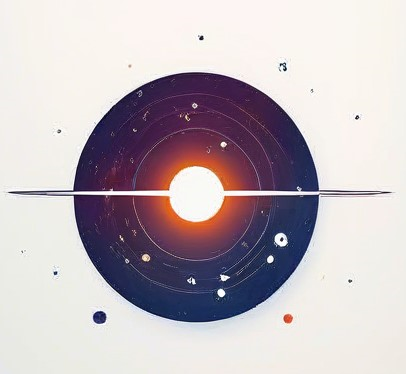主持人:刘四明教授
时间:2023年5月20日(周六)上午9:30
地点:犀浦校区2539
ZOOM:81835026027
入会密码:123456
题目:An Introduction to Neutral-atom Astronomy
主讲人:Ke Chiang Hsieh (謝克強)
Emeritus, Department of Physics, University of Arizona
Ke Chiang Hsieh was born in Chungking (Chongqing,重慶), China in 1940. Received B. A. in Physics from Wabash College in 1963 and Ph. D. in Physics from The University of Chicago (UC) in 1969 under Prof. J. A. Simpson. Joined the physics faculty at the University of Arizona in 1971 as endorsed by Prof. C. Y. Fan. Became Professor Emeritus in 2011.Known for the discovery of 3He-rich solar energetic particles associated with flares. Elected American Physical Society Fellow in 2000 “For pioneering the measurement of energetic neutral particles in space plasma, thereby opening the door to a new frontier of space research.”Participated in many space missions, including Vega 1 & 2, SOHO, Voyagers, IMAGE,Cassini, Mars Express and Venus Express, ROCSAT1.
Abstract
This lecture is a much-abridged qualitative descriptive introduction to the new topic of “Neutral-atom Astronomy” based on the book of this title, authored by Prof. Eberhard Möbius and me. This introduction will start with the basic idea of energetic neutral atoms (ENAs), their discovery, and their relevance to the study of space plasmas, extending fromaurora borealisat ~100 km altitude to the edge of the heliosphere ~100 AU from the Sun and beyond. The interstellar neutral (ISN) flow, a category of neutral atoms different from ENAs, will also be introduced. We will then proceed to the challenges in detecting these neutral atoms (NA) and interpreting the data. For a taste of the techniques in NA detection, we will describe sample pioneering NA instruments. Briefly, we will show some sample ENA observations of the magnetospheres of Earth, Saturn, and Mars, followed by some stunning images of the heliosphere and the ISN flow with questions leading to the following lecture by Prof. Möbius.
Throughout this lecture, please be mindful of the enormous gap between the energies of the neutral atoms under discussion and that of the cosmic rays detected by the LHAASO and the gap between the dimensions of the respective sensors. Besides sharing the necessary patience in detecting rare events, Prof. Möbius will make a connection between the information extracted from the ENA Ribbon to the propagation of the cosmic rays detected by LHAASO.




